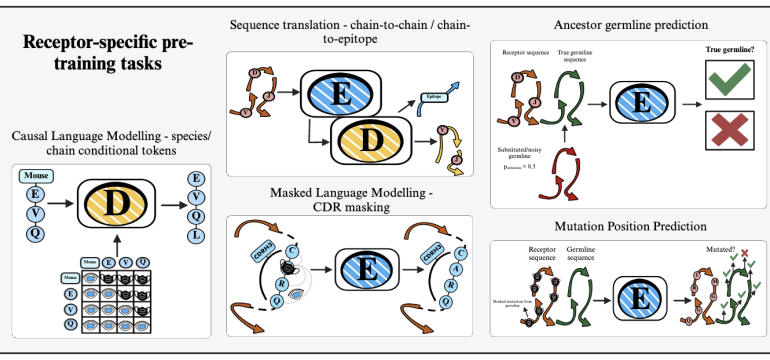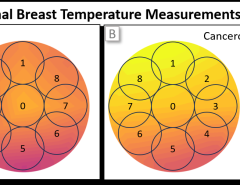Authors: Andreas Dounas, Tudor-Stefan Cotet, Alexander Yermanos
Published on: February 06, 2024
Impact Score: 8.2
Arxiv code: Arxiv:2402.03823
Summary
- What is new: Using protein language models (PLMs) specifically for understanding and engineering adaptive immune receptors is a relatively new application.
- Why this is important: The challenge of understanding and engineering adaptive immune receptors due to their immense sequence diversity.
- What the research proposes: Leveraging self-supervised protein language models to tackle tasks like predicting antigen-specificity, engineering therapeutic antibodies, and diagnostics in the context of adaptive immune receptors.
- Results: PLMs have shown promise in predicting antigen-specificity and structure, engineering therapeutic antibodies, and diagnostics, although challenges related to training data, model architecture, and availability persist.
Technical Details
Technological frameworks used: Self-supervised learning for protein language models (PLMs)
Models used: Immune receptor-specific PLMs
Data used: Protein sequences of adaptive immune receptors
Potential Impact
Biotechnology and pharmaceutical industries, specifically in areas of protein design, drug discovery, and diagnostics
Want to implement this idea in a business?
We have generated a startup concept here: ImmunoSeqDesign.



Leave a Reply